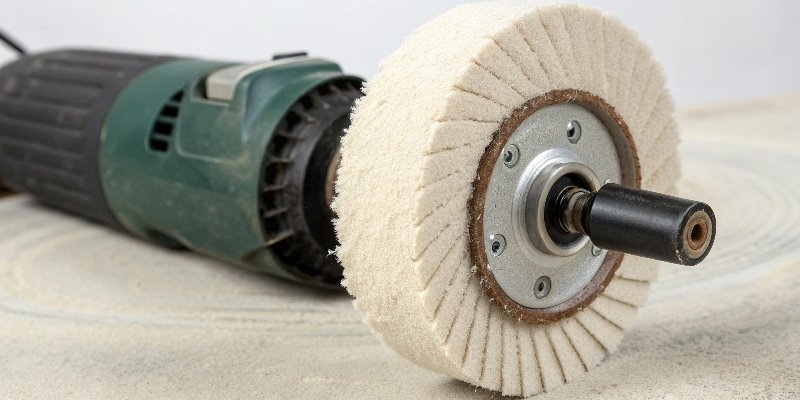
Dull, scratched surfaces can ruin your products. This costs time and money. A buffing wheel is your tool to restore that perfect, professional finish everyone wants.
A buffing wheel is a surface finishing tool. Paired with a polishing compound, it smooths surfaces, removes fine scratches, and creates a high-gloss, mirror-like shine on materials like metal, plastic, and even wood for a professional look.
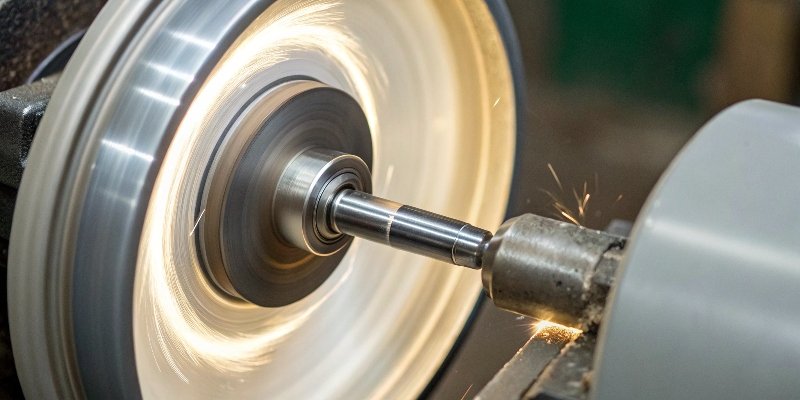
This is just the start of what these tools can do. Understanding them better will help you choose the right one for your projects. Let’s dig deeper into how these simple wheels can completely transform the quality of your work.
Can I put a buffing wheel on an angle grinder?
You have an angle grinder and you need to polish something. Buying a separate polisher seems expensive. You might actually be able to use your existing powerful tool.
Yes, you can put a buffing wheel on an angle grinder, but you must be careful. Angle grinders often spin too fast for polishing, which can burn the workpiece. Use a variable-speed grinder and the correct adapter for safety and the best results.
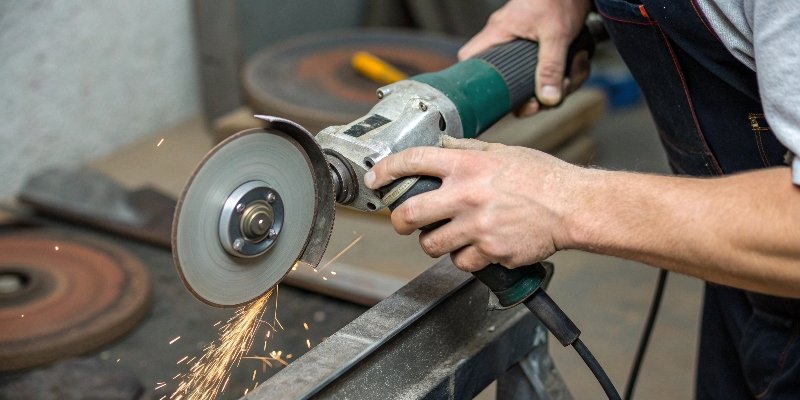
The RPM Challenge
The biggest issue is speed, or RPM (Revolutions Per Minute)1. A standard angle grinder2 is designed for aggressive material removal, so it spins incredibly fast, often over 10,000 RPM. Buffing is a more delicate process. It requires much lower speeds, usually between 1,500 and 3,000 RPM. If the wheel spins too fast, it generates too much friction and heat. This intense heat will burn the polishing compound3, making it useless. It can also permanently discolor or warp your workpiece, especially on materials like stainless steel or aluminum. In our factory, we always use dedicated polishers or variable-speed grinders to maintain complete control and avoid damaging the high-precision parts we manufacture.
Adapters and Safety
To make this work, you need two things: the right equipment and a focus on safety. First, you must get an arbor adapter4 to securely mount the buffing wheel5 to the grinder’s spindle. Never try to force a fit. Second, and most importantly, use a variable-speed angle grinder. This allows you to dial down the RPM to a safe and effective level for polishing. Always wear personal protective equipment (PPE)6. Safety glasses or a face shield are essential to protect your eyes from flying debris and compound residue.
| Feature | Angle Grinder | Dedicated Polisher |
|---|---|---|
| Speed (RPM) | High (10,000+) | Lower, Variable |
| Control | Difficult for finesse | Excellent Control |
| Risk of Damage | High | Low |
| Best Use Case | Cutting, Grinding | Fine Finishing, Polishing |
What does a buffing wheel do?
Your finished parts look a little rough and unprofessional. This can affect your customers’ perception of quality. A buffing wheel provides that critical, final touch for a perfect finish.
A buffing wheel works with a polishing compound to smooth and shine a surface. It removes very fine scratches, oxidation, and other small imperfections. The main goal is to create a reflective, clean, professional finish, from a satin sheen to a mirror polish.
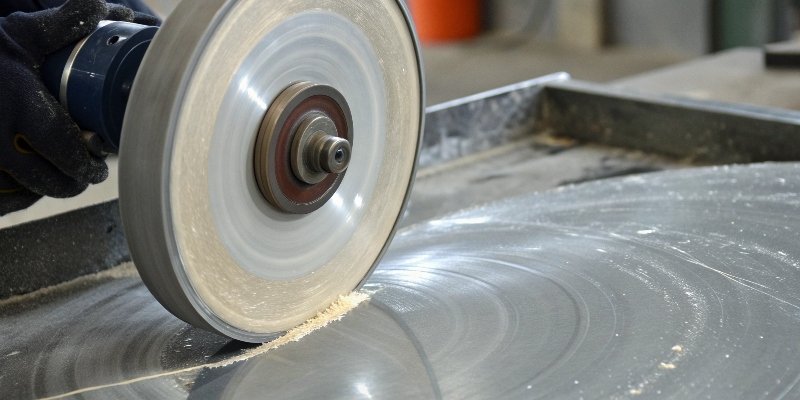
Removing Surface Imperfections
Think of a buffing wheel and compound as a very fine abrasive system7. Its primary job is to remove the tiny flaws left over from previous steps, like sanding or machining. These imperfections can include fine swirl marks, tool marks, light oxidation that dulls the surface, and even tiny burrs. At our RL Abrasives facility, we use buffing as the final step for many of our clients’ custom parts. It is the process that takes a well-made part and turns it into a visually perfect product. For example, on stainless steel fixtures or aluminum automotive trim, buffing erases all evidence of the manufacturing process and leaves a flawless surface.
Enhancing Surface Luster
After removing defects, the second job of the buffing wheel is to create shine. This is done by progressively smoothing the surface until it becomes highly reflective. You can achieve different levels of luster. You might start with a more aggressive "cutting" process to level the surface, then move to a "polishing" step for shine, and finally use a "coloring" step for a deep, mirror-like gloss. Each stage uses a softer wheel and a finer compound. This is how manufacturers get the brilliant shine on everything from luxury watches and fine jewelry to high-end kitchen faucets.
| Stage | Purpose | Wheel Type | Compound Type |
|---|---|---|---|
| 1. Cutting/Deburring | Remove deeper scratches, burrs | Stiff wheels (Sisal) | Coarse (Black/Gray) |
| 2. Polishing | Smooth the surface, add shine | Medium wheels (Cotton) | Medium (Green/White) |
| 3. Finishing/Coloring | Achieve a mirror finish | Soft wheels (Flannel) | Fine (Blue/Red) |
What to use with a buffing wheel?
You tried using a buffing wheel by itself and it did not work. You are just creating a lot of heat but not getting any shine. The secret is the compound.
You must always use a buffing wheel with a special polishing compound. These compounds are solid, wax-like bars that contain different types of abrasives. You apply the compound to the spinning wheel, which then transfers it to your workpiece to do the polishing.
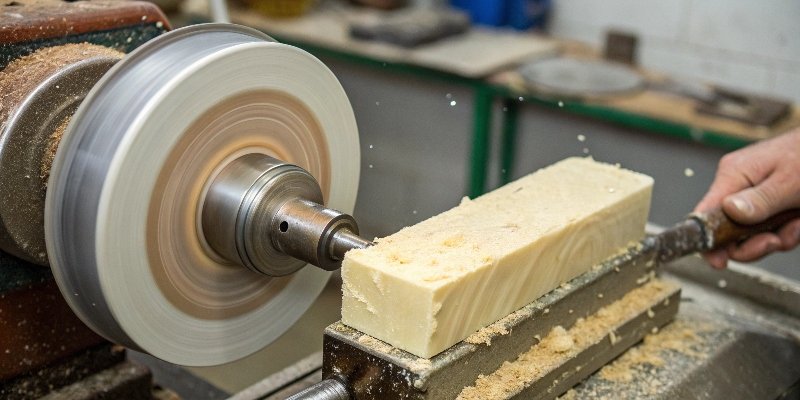
The Role of Polishing Compounds
The buffing wheel itself does very little work. It is just the carrier for the abrasive. The real work is done by the polishing compound. Here is how it works: as the buffing wheel spins, you press the compound bar against it. The friction creates a little heat, which melts the wax binder in the compound. This allows the fine abrasive particles to stick to the fibers of the wheel. The wheel then carries these tiny, sharp particles to your workpiece, where they cut, smooth, and polish the surface. It is very similar to how sandpaper works. The wheel is like the paper backing, and the compound is the grit that does the abrading. After nearly three decades in this business, I can tell you that a high-quality wheel is useless without the correct compound.
Essential Equipment
To start buffing correctly, you need a few key items. First, you need a machine to spin the wheel. This could be a bench grinder, a variable-speed angle grinder, or even a powerful drill with an adapter. Next, you need a selection of buffing wheels and polishing compounds. It is best to have a few different types, from coarse to fine, so you can handle different jobs. Safety is not optional. You must have safety glasses or a full face shield. Gloves will protect your hands, and a dust mask or respirator is important to avoid inhaling the fine particles from the compound and workpiece. Finally, keep some clean microfiber cloths8 handy to wipe off the greasy compound residue and reveal the final, brilliant shine.
What do the colors of buffing wheels mean?
You see buffing wheels made from different materials and colors. Choosing the wrong one can waste time or even ruin your workpiece. Let’s make it simple to understand them.
Buffing wheel colors often just indicate the material and its stiffness. The color is more important for the polishing compound you use. For wheels, focus on the material: sisal is for aggressive cutting, stitched cotton is for general polishing, and loose flannel is for the final shine.
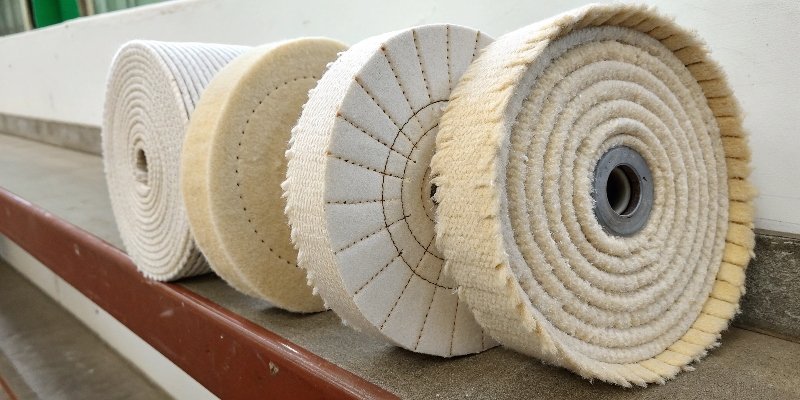
Buffing Wheel Materials and Their Jobs
Instead of color, look at what the wheel is made of. The material tells you its purpose.
- Sisal wheels are the most aggressive. They are made from a stiff natural fiber and are perfect for heavy-duty cleaning, removing deep scratches, and prepping surfaces for the next stage. Use them when you need to cut through oxidation or smooth out a rough surface.
- Stitched Cotton wheels are great all-around performers. They are made from layers of cotton fabric stitched together in spirals or concentric circles. The stitching makes them stiffer and more durable than loose wheels, so they are ideal for general-purpose cutting and polishing.
- Loose Cotton or Flannel wheels are the softest. They have no stitching, so the layers are very flexible. These wheels are not for cutting at all. Their only job is to produce the final, high-gloss "mirror" finish on a surface that is already smooth.
Matching Wheels to Colored Compounds
Where color really matters is in the polishing compound. Different colors indicate different abrasive types and grits. You must match the right compound with the right wheel for the job. Using a fine finishing compound on an aggressive sisal wheel is a waste of time. Here is a simple guide that we use to train our new technicians.
| Compound Color | Abrasiveness | Metal Type | Recommended Wheel Type |
|---|---|---|---|
| Black/Gray | Coarsest | Hard metals like iron and steel | Sisal, Stitched Cotton |
| Brown (Tripoli) | Coarse to Medium | Softer metals like aluminum, brass, copper | Sisal, Stitched Cotton |
| White | Medium to Fine | Stainless steel, chrome, hard metals | Stitched Cotton |
| Green | Fine | All metals, especially stainless steel | Stitched or Loose Cotton |
| Blue / Red (Rouge) | Finest | Precious metals, final high-gloss finish | Loose Cotton, Flannel |
Conclusion
Using the right buffing wheel and compound is key to a professional look. This process turns rough or dull surfaces into polished, high-value products that stand out.
-
Understand the importance of RPM in buffing and how it affects the polishing process. ↩
-
Find out how to safely use an angle grinder for polishing tasks and the necessary precautions. ↩
-
Learn about polishing compounds and their role in achieving a high-gloss finish on various materials. ↩
-
Learn about arbor adapters and their role in securely mounting buffing wheels. ↩
-
Explore this resource to understand the mechanics and benefits of using a buffing wheel for surface finishing. ↩
-
Explore essential safety gear to protect yourself while using buffing tools. ↩
-
Understand the concept of abrasive systems and their significance in the buffing process. ↩
-
Learn about the benefits of using microfiber cloths for cleaning and finishing surfaces. ↩
Written by
leeon
You may also be interested in:
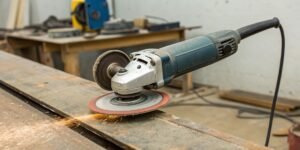
What is an angle grinder?
Are you confused by this powerful, versatile tool? You see it everywhere but are not sure what it does or if you need one. Getting
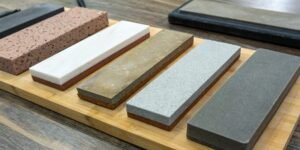
What is the best type of sharpening stone for kitchen knives?
Your kitchen knives are getting dull, making simple tasks like slicing a tomato a frustrating chore. A dull knife is a dangerous knife, but choosing
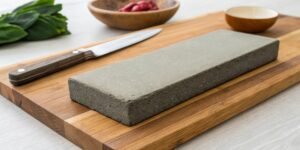
What is a good sharpening stone for my knives?
A dull knife is frustrating and can be unsafe. But with so many sharpening stones available, choosing the right one feels overwhelming. I will help
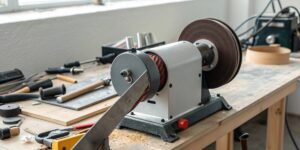
What belt grinder should a (beginner) knife maker own?
Starting knife making is exciting, but choosing the right grinder is overwhelming. The wrong one ruins projects and wastes money. This guide simplifies picking the

How do you cut welds with a grinder?
You have a rough weld that needs removing, but you’re worried about damaging the metal or getting hurt. Using an angle grinder correctly is the
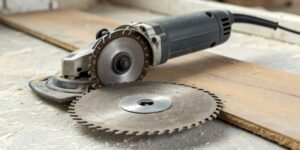
Can I put a circular saw blade on a grinder?
You need to make a quick cut, and your angle grinder is right there. It’s tempting to try and fit a saw blade on it.
